If your puppy or adult dog has watery diarrhea, they may be suffering from a Giardia infection (i.e., giardiasis). Giardia is a single-celled parasite that causes large-scale trouble in the intestines of infected mammals, including dogs, wildlife, and humans. Because this hardy parasite spreads quickly in the environment, the Juanita Hills Animal Hospital team wants you to have all the information you need to protect your dog and yourself.
What is Giardia in dogs?
Unlike most intestinal parasites, Giardia is not a worm. This parasite is a microscopic single-celled organism that inhabits an infected pet’s intestines, where they feed and disrupt the brush border (i.e., a portion of the intestinal lining that aids in nutrient absorption).
The Giardia life cycle includes two distinct phases:
- Trophozoites — Trophozoites are the adult organisms that live inside the infected animal.
- Cysts — The animal passes infectious cysts into the environment through their stool. Giardia cysts differ from other, fragile parasite eggs in that a protective shell-like layer encases the cysts and safeguards them from the elements. In ideal environments, Giardia cysts can remain infective for weeks or months—increasing their risk to unsuspecting pets.
How are dogs infected with Giardia?
Similar to other intestinal parasites, Giardia cysts can be transmitted through fecal-oral contact (i.e., direct exposure to infected pet or wildlife waste). However, because Giardia can withstand environmental conditions, dogs can also become infected through:
- Drinking contaminated water (e.g., puddles, creeks, streams)
- Chewing or licking a contaminated object (e.g., sticks, grass)
- Sniffing or ingesting infected soil
- Self-grooming after rolling on contaminated ground
Since most dogs explore the outside world through their noses and mouths, you can easily understand why giardiasis is common in dogs.
Can I get giardiasis from my dog?
Giardiasis does occur in humans, but the pets-to-people transmission is considered low risk. However, dog owners should practice strict hand-washing after handling dog waste or interacting with a dog being treated for giardiasis. Extra cautions are necessary around at-risk populations, including young, senior, or immunocompromised people.
What are giardiasis signs in dogs?
Acute (i.e., sudden onset) soft or watery diarrhea is usually the first giardiasis sign in Infected puppies and dogs. Untreated infection can lead to additional signs, including:
- Lethargy or weakness
- Dehydration
- Weight loss
- Vomiting
- Fever
- Fatty stool
Visible signs are most common in young or at-risk dog populations (e.g., puppies, immunocompromised dogs, seniors). Some adult dogs can be asymptomatic carriers with no illness signs, but they may still shed the parasite. In these cases, a routine intestinal parasite screening (i.e., fecal test) at Juanita Hills Animal Hospital can identify an active Giardia infection.
How is giardiasis treated in dogs?
After their diagnosis is confirmed through fecal testing, infected dogs are treated with an oral antibiotic and antiparasitic medication regimen to eliminate circulating trophozoites. Additional medications or a bland diet may be recommended for dogs with giardiasis-related complications, such as nausea, dehydration, or vomiting. After treatment is completed, one or more repeat fecal tests are necessary to confirm that the parasites have been eliminated.
Fortunately, giardiasis treatment is generally successful, and most healthy dogs do not experience long-lasting effects.
Why is waste pickup important during giardia treatment in dogs?
Giardia cysts can still be shed in a pet’s stool during treatment, and because these cysts are medication-resistant, they are still infective and can contaminate the environment. Protect your dog and your neighborhood dogs from Giardia infection by immediately picking up and disposing of your dog’s waste.
Additionally, follow your veterinarian’s instructions to bathe your dog’s hind end after treatment is complete. This protects against accidental reinfection from self-grooming around the legs and anus.
How can I protect my dog from giardiasis?
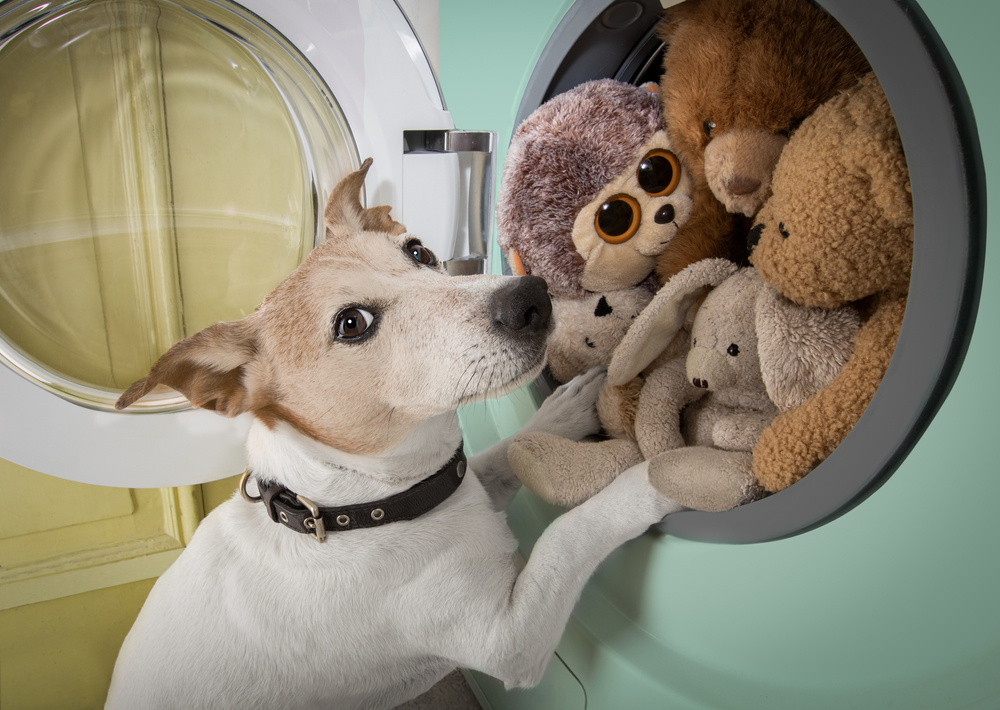
Your dog’s parasite preventive protects them against intestinal worms, but not from giardiasis, so you must stay attentive to potential hazards in your dog’s environment and on top of their preventive care. The best ways to reduce your dog’s giardiasis risk include:
- Offering fresh drinking water to prevent them from drinking from lakes, streams, or puddles that may be contaminated
- Avoiding heavily dog-trafficked areas (e.g., dog parks)
- Discouraging wildlife from your yard (e.g., removing feeders and water stations)
- Having your dog’s stool checked at every wellness visit
- Picking up and disposing of your dog’s waste
- Monitoring your dog’s behavior (i.e., preventing stool-eating or rolling on stinky ground)
- Routinely cleaning and disinfecting your dog’s items (e.g., bed, toys, accessories)
Giardiasis is a tough, but important, topic for dog owners. If your four-legged friend is demonstrating giardiasis signs, contact Juanita Hills Animal Hospital and schedule a visit, or request an appointment online. Our caring team can determine the cause of your dog’s distress and help them get back to being the best boy or girl ever.


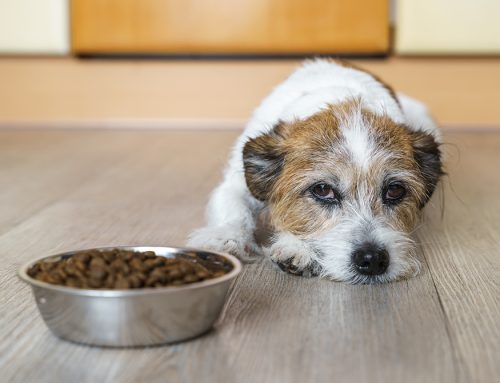
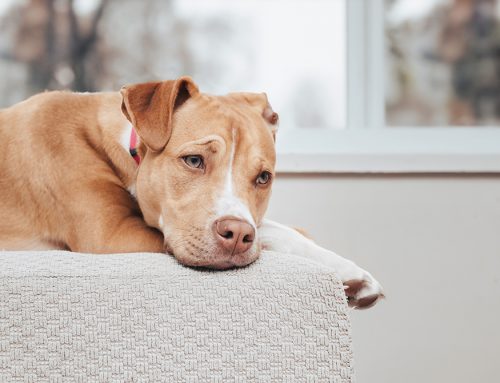
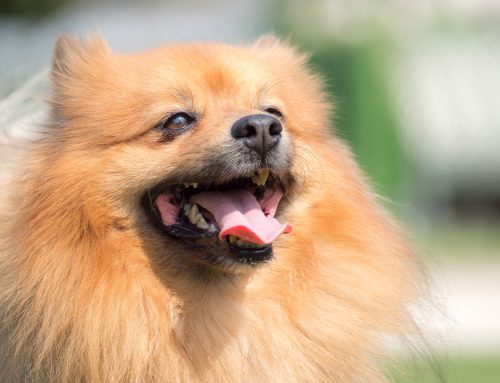
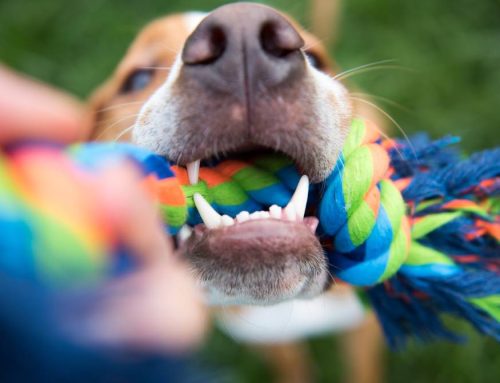













Leave A Comment